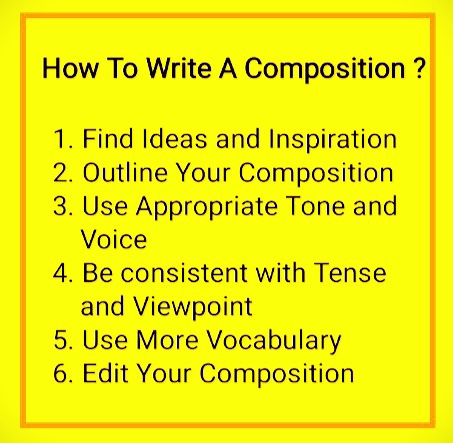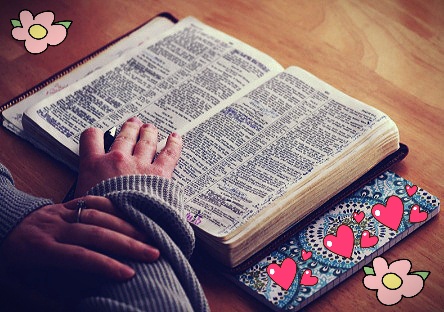What Is A Writing Composition? Definition, Types And Examples
Another word for composition writing — writing work or piece of writing that gives results. The word composition comes from the Latin compounder, which means “put together” and means close to it. Composition or essay can also mean the activity of writing, the nature of the content of a writing, the part of the writing itself and the name of the college or university course assigned to a student. This composition focuses on the practice of how people write.In this regard, we will now learn and identify the definition of composition writing and its types.

Composition Definition
Like a musician and an artist, a writer determines the tone of a composition according to its purpose, deciding what structure that melody should create a structure. An author can express anything from the point of view of cool reasoning to indifferent anger. A composition can use clear and floral, simple prose, descriptive paragraphs or analytical nomenclature.Since the nineteenth (19th) century, English writers and teachers have been fighting for ways to categorize forms and types of writing so that new writers can have a place to start. After decades of struggle, the speakers finished with four classes of writing that are still in the mainstream of the Essay 101 College class: Description, Narration, Exposition, and Argumentation.
Here Are More Examples of Composition
Types of Writing A Composition
Composition can be categorized into different categories depending on their purposes. In the literary sense, composition means to combine. Therefore, the author combines sentences and words to create meaningful and coherent work. It can also mean how a writer forms part of their work. Below you will find different types of compositions.1. Description
We write in description or descriptive writing to depict an event, place, or person and it is effective for imagining the mind of the reader. You can describe and list as many details as you like, describing the look, feel and smell of any object will make the writing beautiful.
2. Narration
Narration writing involves giving readers a story or personal account. Narratives can be a story or event that is presented chronologically and has connections. The narration can also be dramatic, where the writer presents individual scenes with dialogue and action. An author can include flashbacks or follow strict commands in the narration.
3. Exposition
Expository writing or exposure involves explaining or interpreting a place, a person, a thing or an event. In this form of writing and composition, the author does more than just describe something. They provide an explanation and reality. They also express their ideas and/ or opinions about it. In some cases, the author may suggest an abstract idea or a general idea of the subject.
4. Argumentation
Argumentative writing is basically about presenting two (2) aspects of an issue or topic. You compare and contrast two (2) opposite viewpoints on a composition using formal or logical reasoning. The ultimate goal is to convince your readers that A is better than B.
How To Write A Composition?
Most students develop composition writing skills through practice. But, what is composition writing in English and what is in it? Well, you already know what a composition/ essay is. This section explains the main steps involved in drafting a composition.- Find Ideas and Inspiration
- Outline Your Composition
- Use Appropriate Tone and Voice
- Be consistent with Tense and Viewpoint
- Use More Vocabulary
- Edit Your Composition















